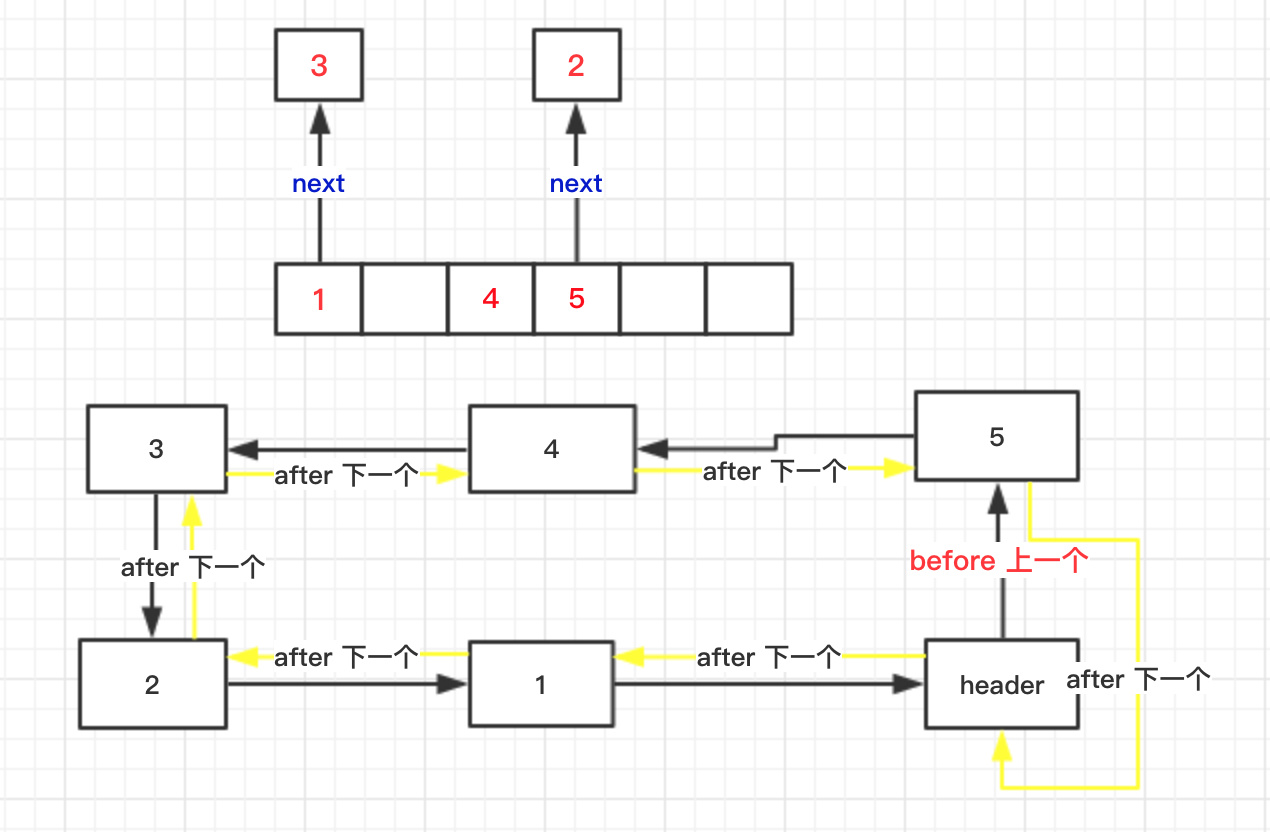
You can further use the initial capacity and load factor to fine-tune your HashMap performance, to avoid rehashing of HashMap. Iteration over Map is directly proportional to the "capacity" + "size" of HashMap, that's why it's important to set the initial capacity high enough if iteration performance is important. iteration order of HashMap because they can change in the future.īut HashMap is certainly faster than Hashtable because it's not synchronized. This is also a good example of why you should not rely on undocumented features of JDK e.g. Worth noting is that this behavior is only applicable to HashMap, LinkedHashMap, and ConcurrentHashMap, Hashtable is left behind to preserve its legacy iteration order as many legacy Java application relies on that and this changes that order.

See how does HashMap handles collisions in Java for more details. It internally switches to a balanced tree from the linked list if there are more than 8 entries in one bucket. To mitigate the above performance issue, JDK 8 has introduced a balanced tree instead of a linked list in case of frequent collision in HashMap. This can reduce the worst-case performance of HashMap up to O(n). In the real world, you always have collision, and HashMap handles collision by using a linked list to store collided elements. Since HashMap is a barebone implementation of interface, it provides constant-time performance for the get() and put() operation, where the put() method is used to store entries (key-value pairs) and get() is used to retrieve a value based on a key.īTW, constant-time performance is only provided if mappings are distributed uniformly across bucket locations. It should only be used to detect programming bugs. In access-ordered LinkedHashMap, even querying the Map with get() method is a structural modification, because it changes the iteration order, on the other hand updating the value in an insertion-ordered linked hash map is not a structural modification.įinally, the fail-fast behavior is not guaranteed, and they throw ConcurrentModificationException on the best-effort basis, which means do not write code, which depends upon this behavior. values() or keySet() is fail-fast iterators, which means they will throw ConcurrentModificatoinException if Collection is modified structurally once Iteration begins, except by using remove() method of Iterator.īy the way, it's worth remembering that apart from adding or removing more mappings, it can also be any operation that affects the iteration order of LinkedHashMap. Iterators returned by all these Map's collection view methods e.g. If you are using TreeMap with a user-defined Comparator then it depends upon the implementation of compare() method. On the other hand, TreeMap, which sorts elements in natural order doesn't allow null keys because the compareTo() method throws NullPointerException if compared with null. Since LinkedHashMap is a subclass of HashMap, it also allows null keys and values. If you look at the put() method of HashMap, you can see, it doesn't throw NullPointerException for null keys. It keeps null key-based entries on index on an internal bucket. HashMap allows one null key and multiple null values. Since entries are stored in a tree-based data structure, it provides lower performance than HashMap and LinkedHashMap. TreeMap provides you complete control over sorting elements by passing a custom Comparator of your choice, but with the expense of some performance.

This provides LinkedHashMap an edge over HashMap without compromising too much performance. LinkedHashMap can be used to maintain insertion order, on which keys are inserted into Map or it can also be used to maintain an access order, on which keys are accessed. This behavior of HashMap is similar to Hashtable while the other two Map implementation provides an ordering guarantee. Ordering and Sorting HashMap doesn't provide any ordering guarantee for entries, which means, you can not assume any order while iterating over keys and values of HashMap. Let's have a quick look at each of these properties.ġ. Though all three classes implement interface and follows general contract of a Map interface, defined in terms of equals() and hashCode() method, they also have several differences in terms of Ordering, Sorting, permitting null elements, Iteration, Performance, Speed and internal implementation. Difference between LinkedHashMap vs TreeMap vs HashMap in Java with Examples


 0 kommentar(er)
0 kommentar(er)
